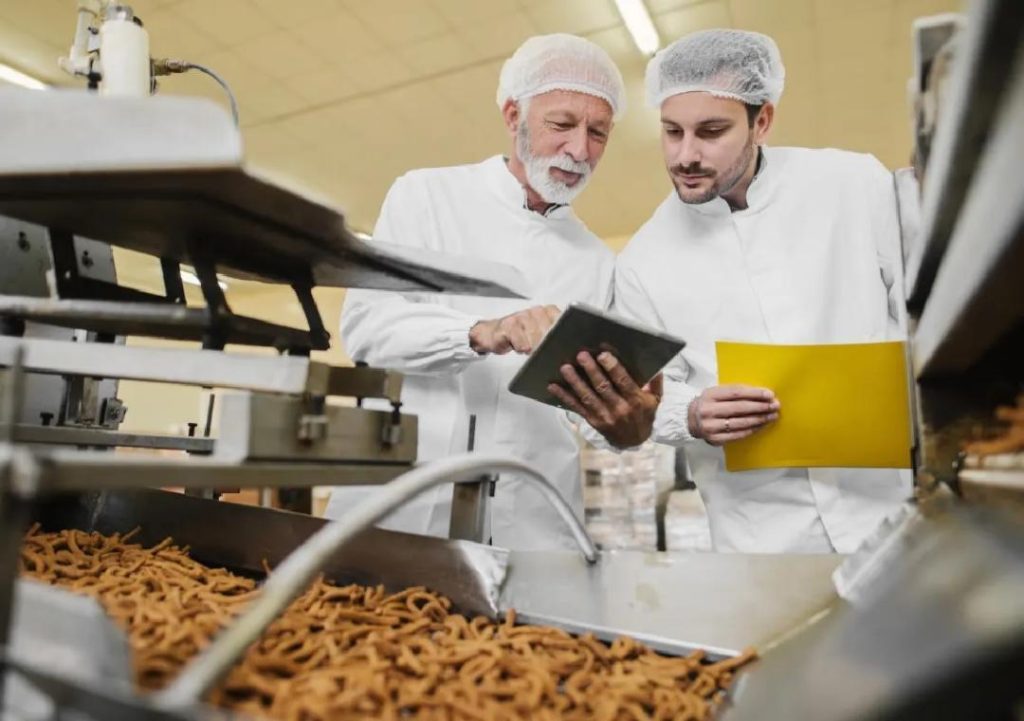
Can P&L Optimization Redefine Success in Food Technology?
The food technology industry is undergoing a significant transformation, driven by the need for increased efficiency, reduced waste, and improved profitability. One key area that has emerged as a critical factor in this transformation is Profit and Loss (P&L) optimization. By streamlining P&L operations, food technology companies can cut waste, sharpen demand forecasting, and support better decision-making. In this blog post, we’ll explore the role of P&L optimization in redefining success in food technology and examine the tools and strategies that can help businesses achieve their goals.
The Need for P&L Optimization
The food technology industry is characterized by high production costs, frequent fluctuations in demand, and a high risk of waste. These challenges can lead to significant losses for companies that fail to optimize their P&L operations. According to a study by Growth Jockey, the average food technology company can expect to lose up to 10% of its revenue due to inefficiencies in P&L operations. This loss can be attributed to factors such as:
- Inaccurate demand forecasting: Failure to accurately predict demand can result in overproduction, leading to waste and loss of revenue.
- Inefficient inventory management: Inadequate inventory management can lead to stockouts, overstocking, and waste.
- Lack of data-driven decision-making: Without access to real-time data, businesses may struggle to make informed decisions about production, inventory, and pricing.
The Benefits of P&L Optimization
By optimizing P&L operations, food technology companies can achieve significant benefits, including:
- Reduced waste: Automation and smart inventory systems can help reduce waste by preventing overproduction and ensuring that only the right products are produced in the right quantities.
- Improved demand forecasting: Advanced analytics and machine learning algorithms can help businesses accurately predict demand, enabling them to optimize production and inventory levels.
- Better decision-making: Real-time data analytics can provide businesses with the insights they need to make informed decisions about production, inventory, and pricing.
- Increased profitability: By reducing waste and improving operational efficiency, businesses can increase their profitability and achieve sustainable growth.
Tools and Strategies for P&L Optimization
So, how can food technology companies optimize their P&L operations and achieve their goals? Here are some tools and strategies that can help:
- Automation: Automation can help streamline P&L operations by reducing manual errors and improving efficiency. Automation can be used to manage inventory, track production, and optimize supply chain operations.
- Smart inventory systems: Smart inventory systems can help businesses manage inventory levels more effectively by tracking real-time inventory levels and alerting them to potential shortages or overstocking.
- Data analytics: Data analytics can provide businesses with the insights they need to make informed decisions about production, inventory, and pricing. Advanced analytics and machine learning algorithms can help businesses predict demand, identify trends, and optimize operations.
- Scalable models: Scalable models can help businesses achieve sustainable growth by enabling them to adapt to changing market conditions and scale their operations quickly and efficiently.
- Collaborative planning: Collaborative planning can help businesses improve supply chain visibility and optimize operations by sharing data and best practices with suppliers, customers, and other stakeholders.
Case Studies: P&L Optimization in Action
Several food technology companies have already achieved significant success by optimizing their P&L operations. Here are a few case studies that illustrate the benefits of P&L optimization:
- Company X: A leading food technology company was struggling with inefficient inventory management, leading to significant waste and losses. By implementing a smart inventory system, the company was able to reduce inventory levels by 20% and increase profitability by 15%.
- Company Y: A food technology startup was facing challenges in scaling its operations due to inadequate demand forecasting. By implementing advanced analytics and machine learning algorithms, the company was able to improve demand forecasting accuracy by 30% and increase revenue by 20%.
- Company Z: A leading food processing company was struggling with inefficient production operations, leading to significant waste and losses. By implementing automation and advanced analytics, the company was able to reduce production costs by 15% and increase profitability by 10%.
Conclusion
P&L optimization is a critical factor in the success of food technology companies. By streamlining P&L operations, businesses can reduce waste, sharpen demand forecasting, and support better decision-making. Automation, smart inventory systems, data analytics, and scalable models are just a few of the tools and strategies that can help businesses achieve their goals. By adopting these tools and strategies, food technology companies can redefine success and achieve sustainable growth in the competitive food technology industry.
Source:
https://www.growthjockey.com/blogs/p-and-l-operations-in-food-tech






